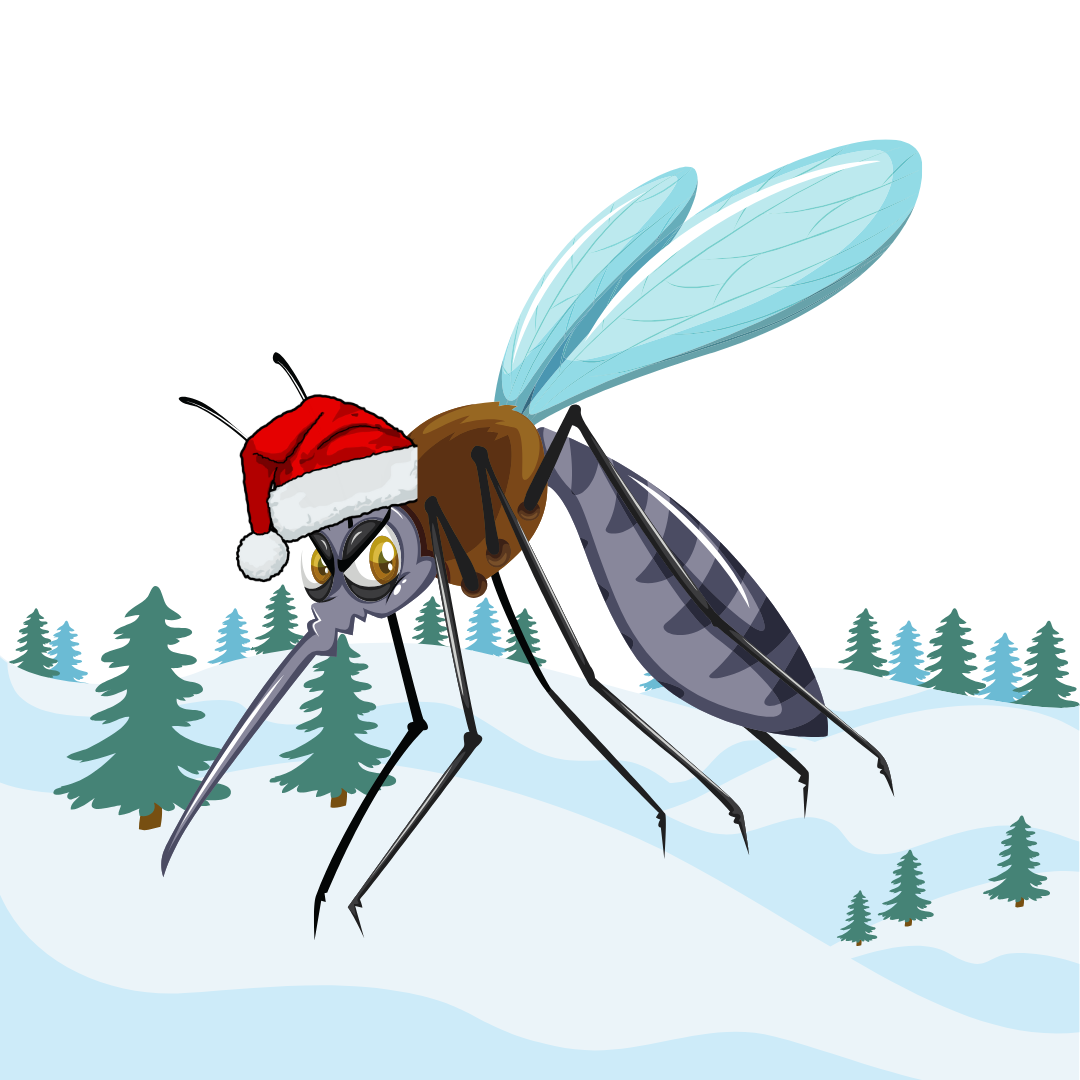Homeowners in the DC area are often concerned about spots in their yards where mosquitos might be hiding out over the winter, and rightfully so. Getting attacked by these pestilent insects as soon as warm weather arrives can be a major annoyance.
Since our goal is to reduce mosquito activity year-round, it’s important to identify the means by which they manage to survive the colder months. In this article we examine the post-fall/pre-spring period when mosquitos go unseen and unnoticed, but still exist.
Along with trends these days like milder winters and earlier spring thaws, a key to March & April mosquito emergence lies in their ability to overwinter as eggs, larvae, or adults. As spring weather approaches, a series of biological cues trigger an increase in adult female activity (in culex/anopheles mosquitos) or the continuation of the development cycle (in species still in aquatic life stages). There are 60+ species present in Maryland, so let’s start by breaking down the most common ones, followed by a couple others with unique overwintering habits.
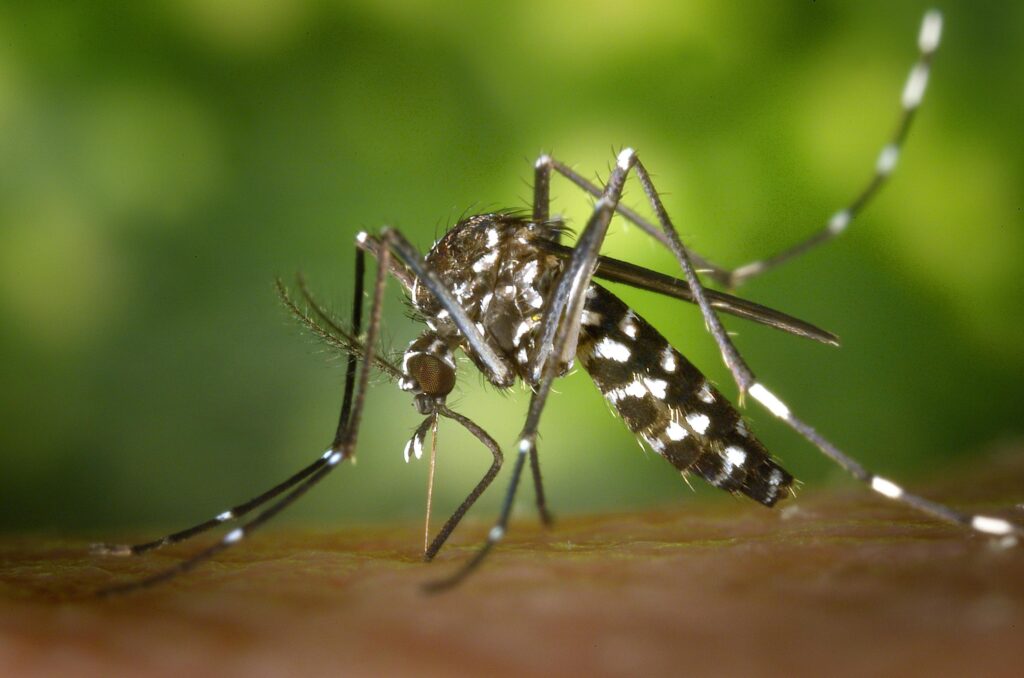
Asian Tiger Mosquitos
For the seven-month window during which it's warm enough for the Asian Tiger mosquito (Aedes albopictus) to seek a blood meal in Maryland, they are relentless. An invasive species introduced in the 1980s, they survive in colder regions by overwintering as eggs. In late fall, adult females lay their eggs in water-holding containers like tree holes, gutters, or tires. Any eggs that do not hatch before winter can withstand freezing temperatures and remain dormant until spring, when favorable conditions like warmth and rain stimulate hatching.
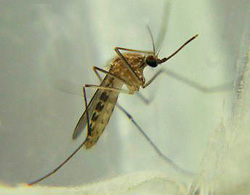
Northern House Mosquitos
Northern House mosquitos (Culex pipiens) are the most tolerant species to cold out of any in the DC area, making them the most likely to come out once temperatures reliably reach 50°F or so. Having been around since the 1920s, they’ve adapted to temperate climates. Instead of overwintering as eggs, adult females enter diapause (a form of adverse-condition dormancy) in sheltered locations such as basements, storm drains, or outbuildings, where a survivable level of warmth and humidity can be maintained. That way they can emerge ready to strike come springtime.
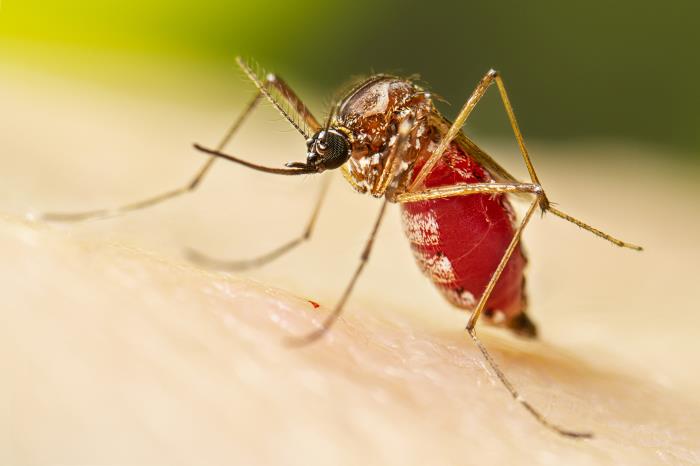
Yellow Fever Mosquitos
Although they share a genus with Asian Tiger mosquitos, Yellow Fever mosquitos (Aedes aegypti) aren't as capable when it comes to overwintering. While their eggs can endure mild cold spells, an inability to enter a similarly effective state of diapause holds them back, making overwinter survival in temperate climates extremely difficult. For this reason, their existence anywhere but Southern Maryland has historically been very rare. This has prevented this prolific vector of disease from spreading diseases like Dengue in Maryland. However, with climate change and milder winters, the Yellow Fever Mosquito is projected to expand its range northward.
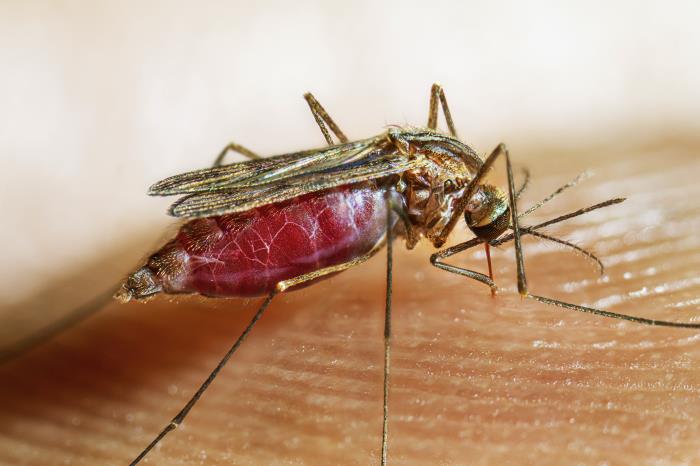
Common Malaria Mosquitos
Common Malaria mosquitos (Anopheles quadrimaculatus) have a similar approach to overwintering as Northern House mosquitos, both in terms of diapause triggers and overwintering in the adult stage of life. The main difference is their tolerance level to urban environments and man-made structures. While House mosquitos are often attracted to urban heat island habitats like garages, attics, and sheds with drier and more variable microclimates, Malaria mosquitos prefer natural, humid, undisturbed spaces with higher humidity and consistent moisture levels. They seek out forms of shelter like hollow trees, animal burrows, or dense vegetation, which are farther from cities and thus don’t warm up until slightly later in the spring.
These mosquitos are not currently known to spread Malaria in Maryland, but are named for their close relationship to the mosquito species that commonly vector Malaria around the world. If a Malaria outbreak were to occur in Maryland, this species is believed to be a competent vector.
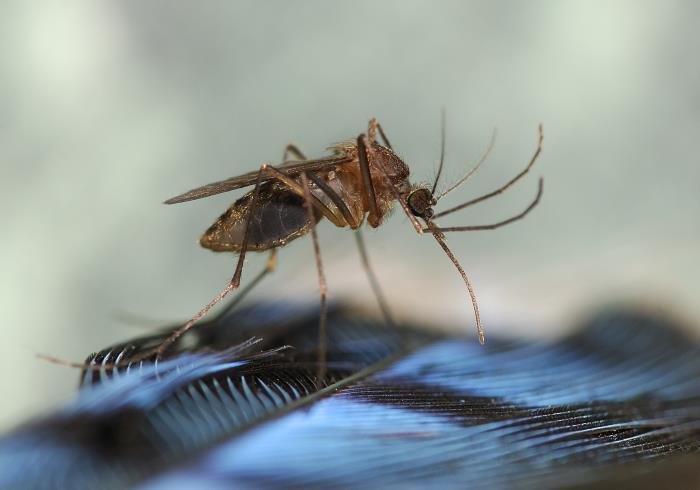
Black Tailed Mosquitos
The winter survival strategy of the Black-Tailed Mosquito (Culiseta melanura) is unique compared to other mosquito species. They overwinter as larva in semi-permanent water habitats such as crypts (swampy underground pools formed by tree root systems), bogs, and other sheltered aquatic environments. They enter these habitats in late fall. Because they are insulated from freezing air temperatures, water temperatures remain stable and above freezing throughout the winter. This allows the larvae to remain in their habitats throughout the winter, during which their metabolism slows down to conserve energy. As temperatures warm and daylight increases, black-tailed mosquito larvae resume active feeding, eventually emerging as adults. This mosquito is the primary vector of Eastern Equine Encephalitis or EEE.
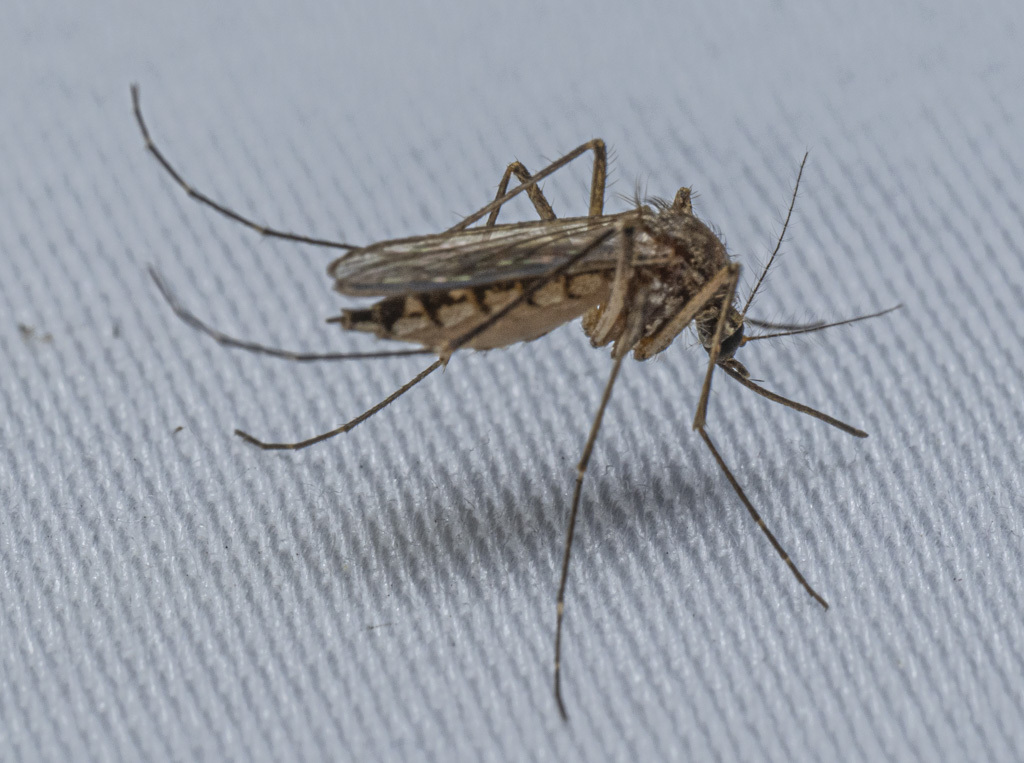
Inland Floodwater Mosquitos
What’s interesting about the Inland Floodwater Mosquito (Aedes vexans) is that its eggs can remain dormant for several years, hatching only after being submerged in warm water. Adult females lay their eggs in the damp soil of flood-prone areas, exploiting the temporary pools formed just above the waterline during flood events. If the water in the pools is too cold or clear (lacking organic material upon which the larvae can feed), they will delay their hatch. This ensures rapid population growth when conditions are right, such as just after a heavy rain in late Spring or early Summer.

